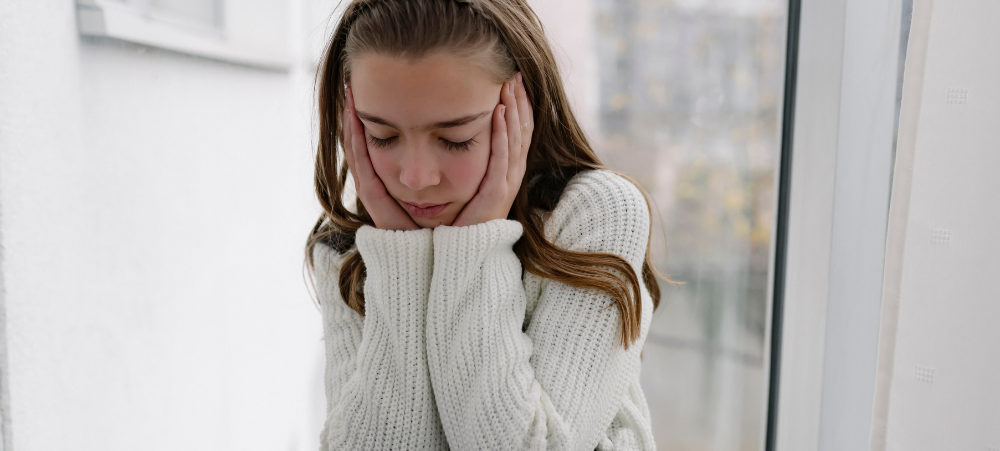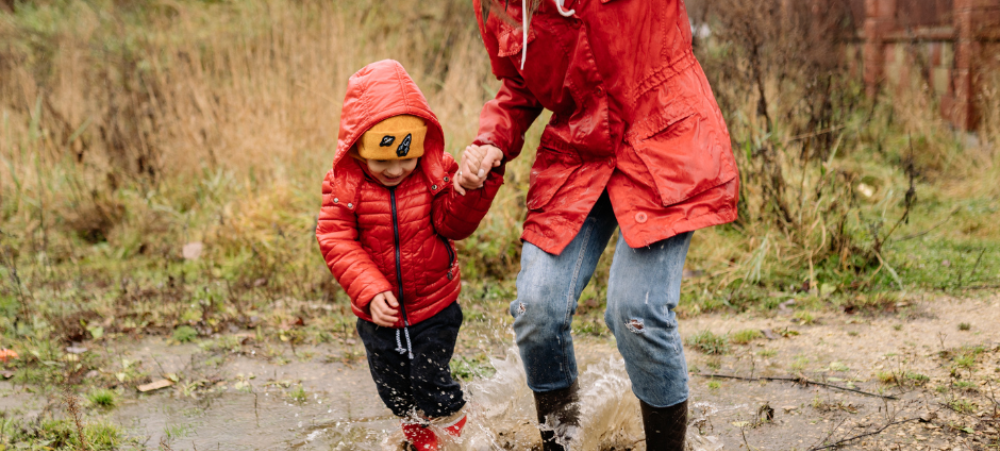Anxiety is a normal and even helpful emotion—especially for children. It helps them stay alert, solve problems, and develop self-awareness. But when anxiety becomes overwhelming or persistent, it can interfere with daily life, friendships, school performance, and overall wellbeing. As a parent, knowing the difference between “normal” childhood fears and a possible anxiety disorder is key.
What Does Anxiety Look Like in Kids?
Anxiety can show up in many forms. While some children express their worries openly, others may internalise them, leading to physical symptoms or behavioural changes. Common signs of anxiety in children include:
- Complaints of stomach aches or headaches (especially before school or social events)
- Difficulty sleeping or frequent nightmares
- Avoidance of certain people, places, or activities
- Constant seeking of reassurance (“Are you sure everything is okay?”)
- Angry outbursts or meltdowns when routines change
- Trouble concentrating
- Excessive worry about things that seem minor or irrational
It’s important to note that anxiety is often developmentally appropriate at certain ages:
- Toddlers may experience separation anxiety.
- Preschoolers may fear the dark, monsters, or loud noises.
- Primary school kids may worry about being liked or fitting in.
- Teens may fixate on grades, friendships, or global events.
Most of the time, these worries pass with support and reassurance. But sometimes, they linger—and intensify.
When Should You Start Worrying?
Here’s when anxiety might be more than just a passing phase:
✅ It interferes with daily life. Is your child avoiding school, social situations, or family outings because of their anxiety?
✅ It’s persistent. Most childhood fears come and go, but if the anxiety lasts longer than 6 months or gets worse, it may need attention.
✅ It causes distress that seems out of proportion. All kids get nervous, but extreme reactions to routine events may be a red flag.
✅ There’s a family history. If anxiety or other mental health concerns run in your family, your child might be more susceptible.
✅ Your gut is telling you something’s off. You know your child best. If something feels “not quite right,” don’t ignore it.
What You Can Do as a Parent
Here are some steps you can take to support your anxious child:
🔹 Validate their feelings without amplifying them. Say things like, “I can see this feels really scary for you,” instead of “Don’t be silly.”
🔹 Help them name the worry. Younger kids may respond well to turning anxiety into a character or giving it a silly name: “Oh, Worry Worm is visiting again!”
🔹 Model calm behaviour. Kids absorb your reactions. Breathe deeply, speak gently, and avoid showing panic when they’re anxious.
🔹 Create a worry time. Some children feel better if there’s a set time each day when they can express their concerns.
🔹 Avoid enabling avoidance. Encourage gradual exposure to fears instead of letting your child skip everything that causes anxiety.
🔹 Stick to a routine. Predictability helps anxious kids feel safer.
When to Seek Help
If anxiety is disrupting your child’s ability to function—academically, socially, or emotionally—it may be time to consult:
- Your paediatrician or GP
- A child psychologist or play therapist
- Your child’s teacher or school counsellor (who may notice things you don’t see)
With support, children can learn to manage anxiety and build confidence. Early intervention makes a big difference—and it’s nothing to be ashamed of.
Sources:
- American Academy of Pediatrics. (https://www.aap.org)
- Child Mind Institute. “Anxiety in Children: What’s Normal and What’s Not?” (https://childmind.org)
- Mayo Clinic. “Child Anxiety: Symptoms and Causes.” (https://www.mayoclinic.org)
- National Institute of Mental Health. “Child and Adolescent Mental Health.” (https://www.nimh.nih.gov)
- CDC: Children’s Mental Health. (https://www.cdc.gov/childrensmentalhealth/index.html)
We understand that there are many aspects that encompass a Mother, Father or Child and strive toward providing resources and services that accommodates this.
Our content is aimed to inform and educate families on issues starting from pregnancy through to the challenges of the teen-age years.
- Say Hello to the Ultimate Holiday Brunch Bite - December 17, 2025
- Tiny Toons Looniversity Returns: Meet the Voice Behind Plucky and Hamton! - December 12, 2025
- From Pain to Possibility: Panado®’s New Marketing Campaign, Highlights The Joy Of Pain Relief - December 10, 2025






1 thought on “Understanding Your Child’s Anxiety (And When to Worry)”
My boy in preschool was struggling last year his teacher told me he doesn’t play much and I know he’s loud. I asked him about the new school he was having anxiety of new environment, not having friends. I told him just start playing with some of your classmates eventually you will have friends. He was not okay but he’s doing much better this year.